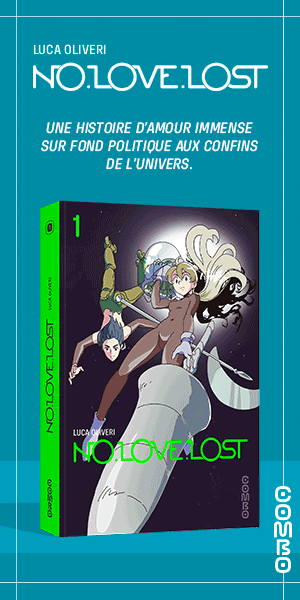Lupin the Third. Anthology
Extraits
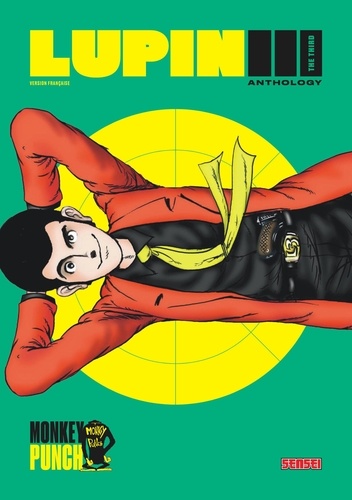
Seinen/Homme
Lupin the Third. Anthology
09/2021

Beaux arts
The Third Mind
09/2018

Histoire ancienne
THE ROMAN CAVALRY. From the First to the Third Century AD
01/1992
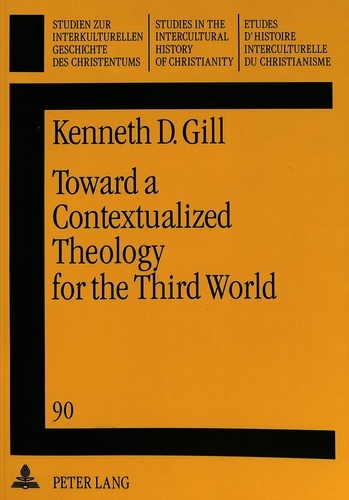
Non classé
Toward a Contextualized Theology for the Third World
03/1994
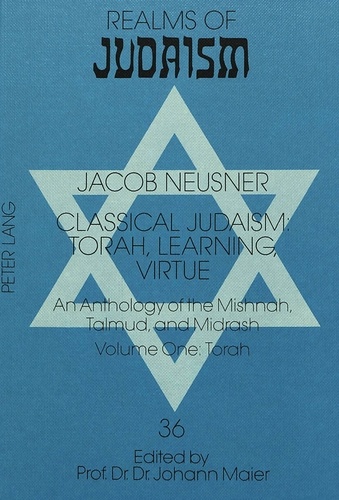
Philosophie
Classical Judaism: Torah, Learning, Virtue
09/1993

Religion
Classical Judaism: Torah, Learning, Virtue
09/1993
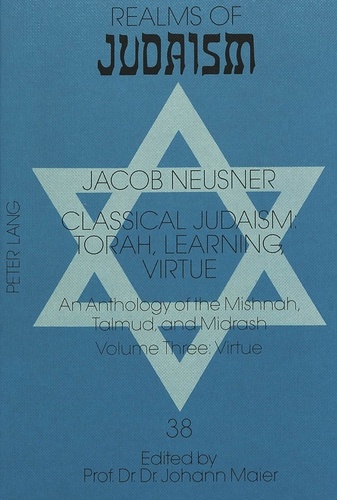
Non classé
Classical Judaism: Torah, Learning, Virtue
10/1993

Jeux
Game Boy Anthology
11/2023
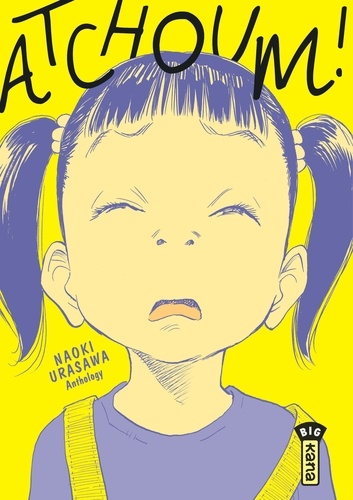
Manga
Atchoum ! Naoki Urasawa Anthology
09/2020

Non classé
An Anthology of Czech Literature
08/1991
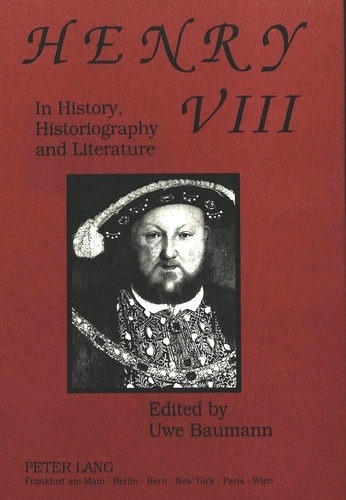
Non classé
Henry VIII in History, Historiography and Literature
01/1993

Littérature française
Les inventeurs. Essai
02/2017

Histoire et Philosophiesophie
The Undergrowth of Science. Delusion, self-deception and human frailty
01/2000
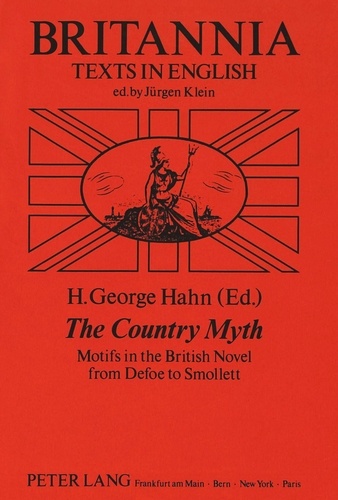
Non classé
The Country Myth
12/1991
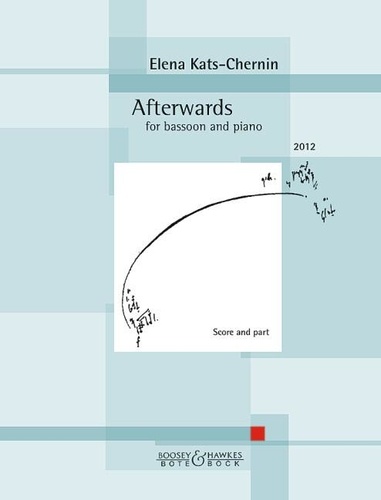
Instruments de musique
Afterwards. for bassoon and piano. bassoon and piano.
05/2023
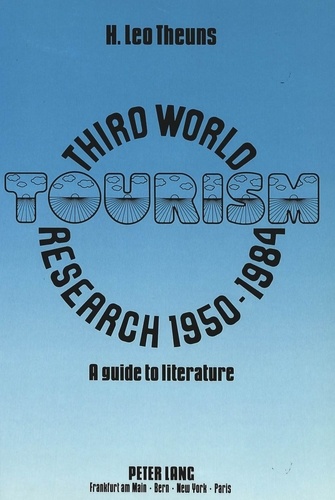
Religion
Third World Tourism Research 1950-1984
01/1991

Théâtre
New Territories. Theatre, Drama, and Performance in Post-apartheid South Africa
11/1987
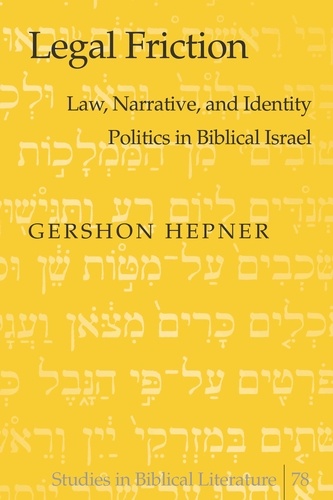
Religion
Legal Friction
05/2010
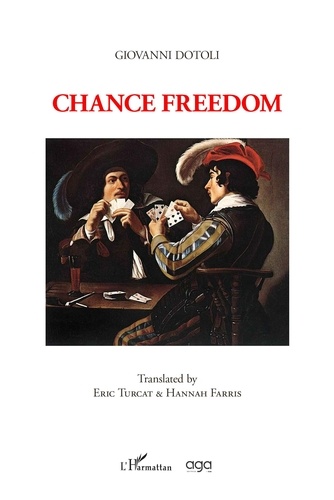
Littérature française
Chance freedom. Translated by Eric Turcat & Hannah Farris
03/2023
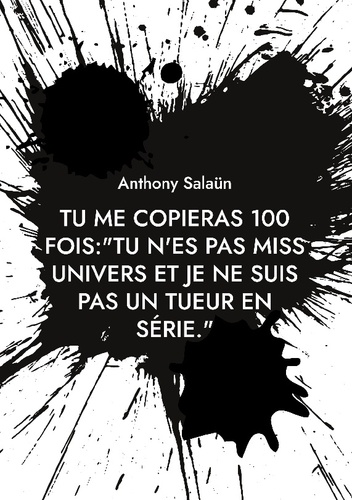
Littérature française
Tu me copieras 100 fois:"Tu n'es pas Miss Univers et je ne suis pas un tueur en série.". Devoir
03/2024
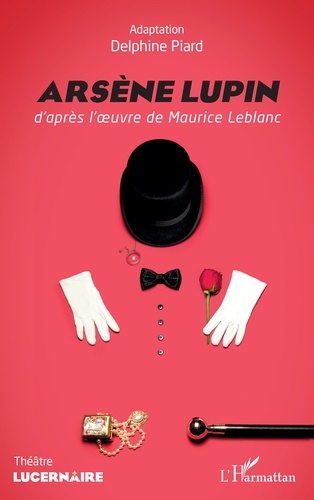
Théâtre
Arsène Lupin
12/2022
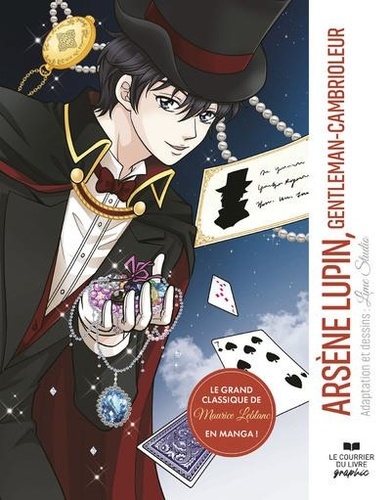
Manhwa
Arsène Lupin
02/2024
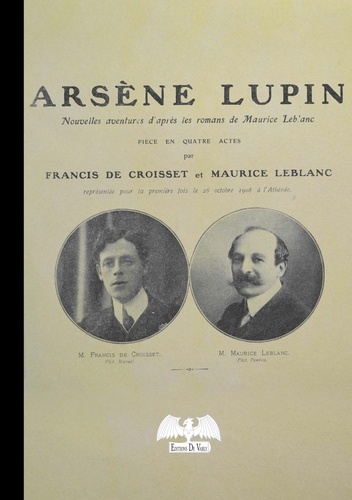
Policiers
Arsène Lupin
04/2017

Histoire internationale
La Third Army du général Patton en guerre
10/2019
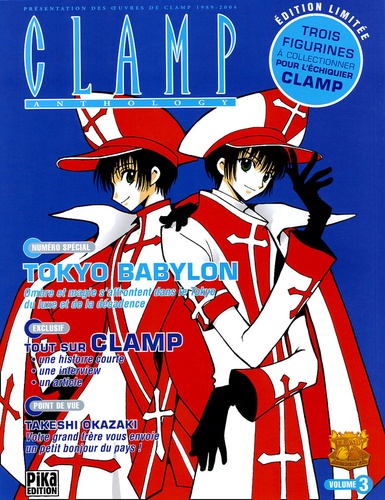
BD jeunesse
Clamp Anthology Volume 3 : Tokyo Babylon. Avec 3 figurines
04/2005
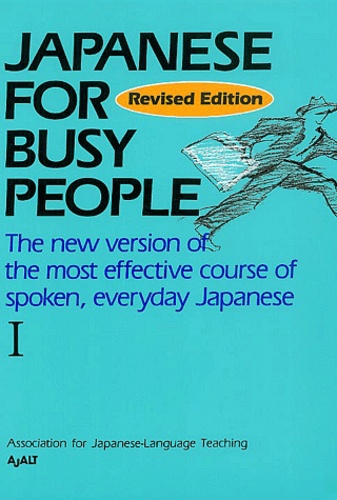
Autres langues
Japanese for busy people I. Revised edition
01/1994
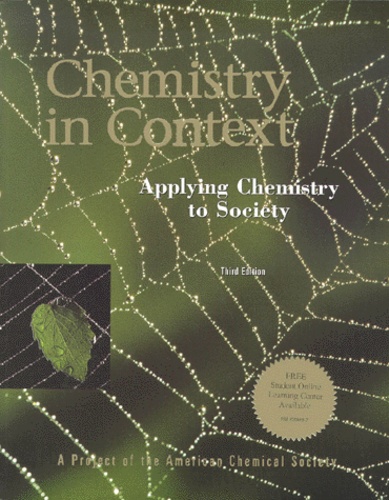
Physique, chimie
CHEMISTRY IN CONTEXT. Applying Chemistry to Society, Third Edition
01/2000

Non classé
How Judaism reads the Torah, III
09/1993
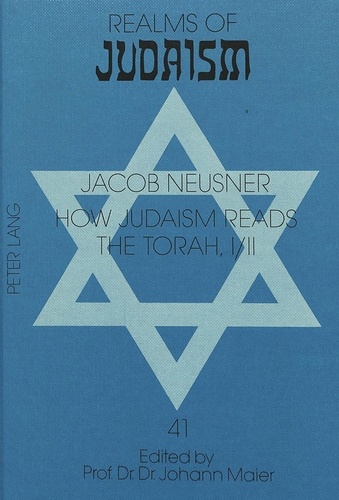
Non classé
How Judaism reads the Torah I / II
10/1993

Non classé
Ethnic Cultures in the 1920's in North America
06/1993

